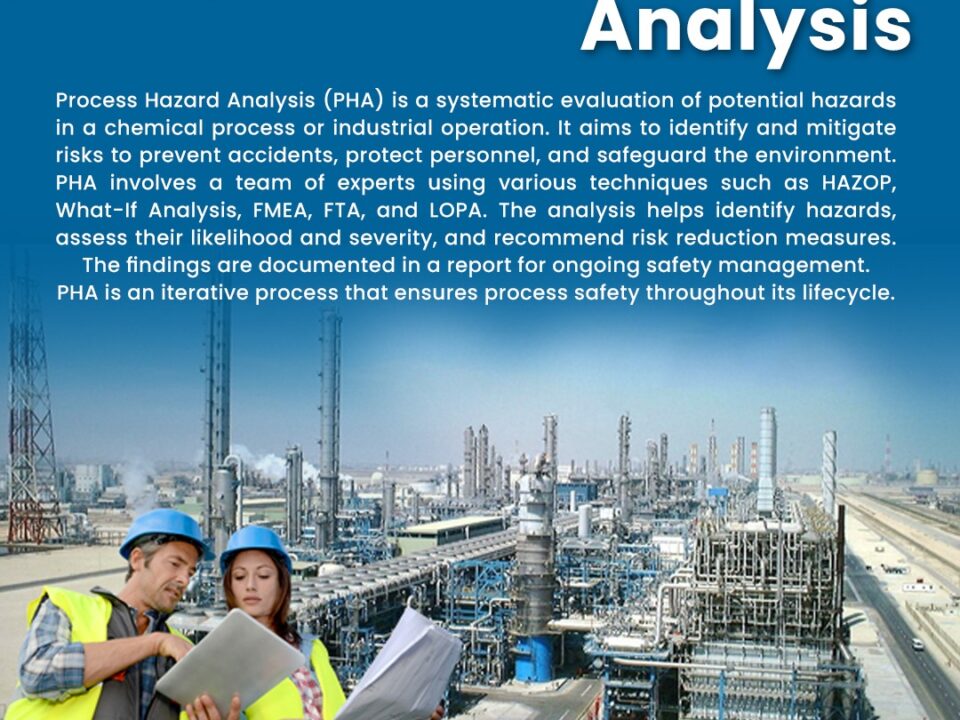An overview of quantitative risk analysis

Why safety training is important in every industry?
September 1, 2022
What Can A Safety Consultant Do For You?
September 19, 2022Quantitative risk analysis is a practice that involves applying techniques from the fields of statistics and actuarial science. In other words, it’s a quantitative way to estimate future risks. So what is risk analysis exactly? Well, with our help you’re about to find out. Quantitative risk analysis (QRA) is a systematic approach to understanding and managing investment risks. Comprising a collection of statistical techniques and financial models, quantitative risk analysis provides investors with data and forecasts about their portfolios, so that they can make more informed decisions.
QRA study is crucial in chemical operations. The process allows management to assess the risks and dangers that are associated with the business quantitatively. This will help in the decision-making process of starting and running a business, as well as determine if additional precautions need to be taken to ensure business success.
Quantitative risk analysis is used by companies to help them decide whether or not a particular risk is worthy of investment. Quantitative risk analysis is a type of risk analysis, i.e., the management and allocation of uncertainty, in which “qualitative” risks are transformed into numerical risk levels. It is essentially a way to examine all the possibilities that may occur when a manager performs an investment decision. A good quantitative risk analysis is done on both opportunities and downside risks.
The objectives of quantitative risk analysis (QRA) are to identify and evaluate objectively the probability and impact of events that may cause harm in order to support decision-makers in their endeavor to reach an acceptable level of business risk. A systematic approach to QRA helps generate confidence that the organization is able to mitigate risk, reduce uncertainty, and control costs.
How we can help
- QRA study and Report
- HAZID Study and Report
- EERA/FERA Study and Report
- HAZOP Study and Report
- SIL LOPA Study and Report
For more info Contact us at
Email: – info@thesafetymaster.com
Call: – +91-7665231743
Visit: – https://www.thesafetymaster.com/




